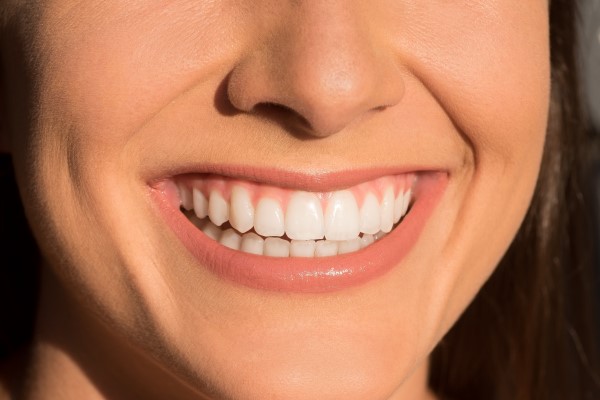Dental Bonding: A Quick and Effective Way to Repair Your Smile

Dental bonding is a simple and effective way to make immediate improvements to the smile by covering stains or fixing small chips, cracks, and gaps in the teeth, providing immediate improvement. The process is painless and quick and does not require major changes to the natural teeth. Those looking for an easy and affordable way to restore their smile should consider dental bonding.
How Dental Bonding Works
A dentist can usually complete the procedure in one visit. The procedure begins with the dentist applying a tooth-colored resin to the tooth's surface. Then, the provider sculpts the composite resin to the desired shape. A special light hardens the resin once the material is in place, bonding it securely to the tooth. The dentist then smooths and polishes the bonded area to match the surrounding teeth.
Since dental bonding does not require anesthesia, the patient can return to regular activities. The entire process usually takes less than an hour per tooth, making it one of the fastest ways to improve a smile.
Common Uses for Dental Bonding
A dentist may recommend this versatile procedure for the following:
- Repairing chipped or cracked teeth
- Closing gaps between teeth
- Improving the shape of irregular or uneven teeth
- Covering stains or discoloration that do not respond to whitening
- Protecting tooth roots exposed by gum recession
Unlike veneers or crowns, bonding preserves most of the natural tooth structure and requires minimal tooth preparation.
Benefits of Dental Bonding
One of the main advantages of dental bonding is its convenience. The procedure is quick, painless, and often does not require drilling or enamel removal like veneers or dental crowns. Therefore, dental bonding can be an attractive option for patients who want to improve their smile without committing to more invasive treatments. Additionally, dental bonding is affordable, and the procedure involves little to no discomfort. Also, with proper care, dental bonding can last several years before needing touch-ups or replacement.
Caring for Bonded Teeth
Good oral hygiene is key to maintaining the long-term results of dental bonding. Brushing twice a day, flossing daily, and visiting the dentist for regular checkups help keep the bonded area in good condition. Also, the patient should invest in a night guard if teeth grinding is a problem for them.
Since bonding material is not as strong as natural enamel, patients should avoid biting on hard objects, such as ice or pens, to prevent chipping. Certain foods and drinks, such as coffee, tea, and red wine, can stain the resin over time. Limiting these or rinsing the mouth after consuming them can help keep the bonded teeth looking bright. If discoloration occurs, a dentist may be able to polish or replace the bonding material.
A Simple Way to Enhance Your Smile
Dental bonding is a quick, effective, and affordable solution for repairing minor imperfections and enhancing a smile. With immediate results and minimal discomfort, this treatment provides a simple way to restore confidence. Those interested in improving their smile can speak with a dentist to see if dental bonding is the right choice.
Request an appointment here: https://balmoraldentalcenter.com or call Balmoral Dental Center at (256) 660-3094 for an appointment in our Huntsville office.
Check out what others are saying about our dental services on Yelp: Dental Bonding in Huntsville, AL.
Related Posts
If you have a cracked, discolored, or chipped tooth, dental bonding can be a good option. This is a cosmetic dental procedure and can encourage you to smile more. In the procedure, your dentist will apply resin to your teeth that is the same color as your teeth. That can repair any damage. It can…
Dental bonding and teeth whitening are common dental procedures that improve the appearance of your smile. However, some patients are concerned that their teeth may not have the same shade after teeth whitening, particularly if they have had dental bonding on one or more teeth. This review helps patients deal with this concern. Understanding the difference…
Dental bonding is also known as tooth bonding. It involves using a softened composite resin to fix cracks or minor chips in the teeth. The material is pliable, so the dentist can mold it into any shape. It can also be polished to provide a more natural-looking appearance. After this, the dentist can use ultraviolet…
Dental bonding is one of the most highly recommended methods of repairing damaged teeth. It is a low cost and minimally invasive procedure and can restore the appearance of your smile. Learning about the benefits and process of dental bonding can help you decide if treatment is right for you.This review details what dental bonding…


